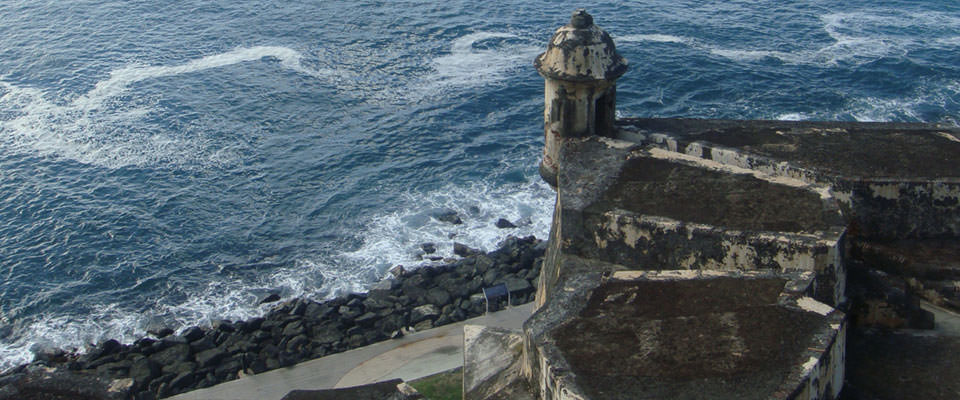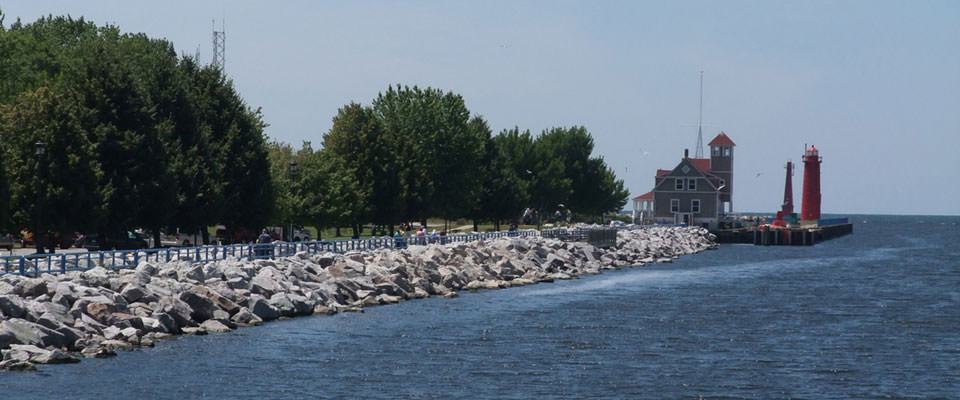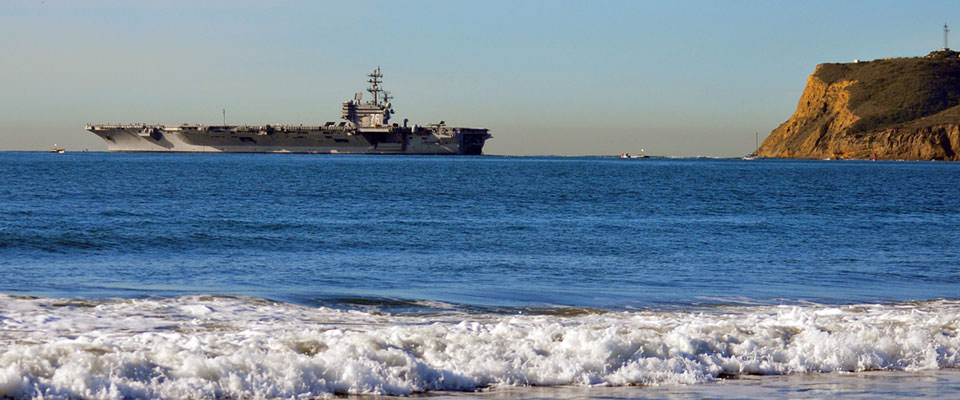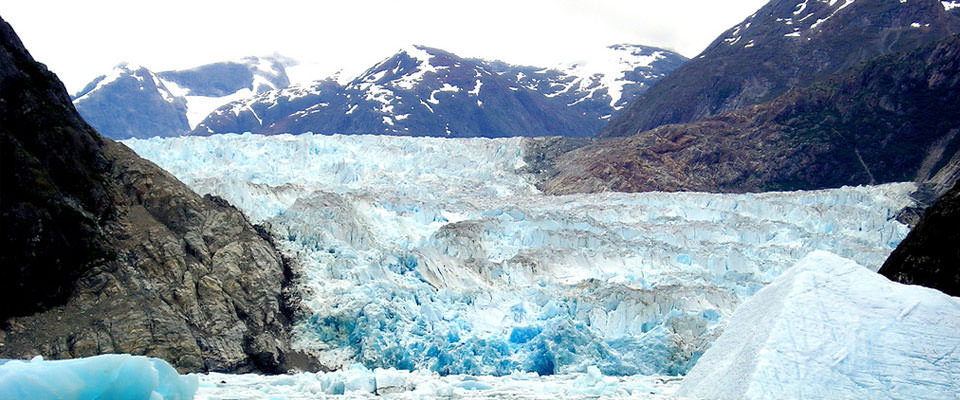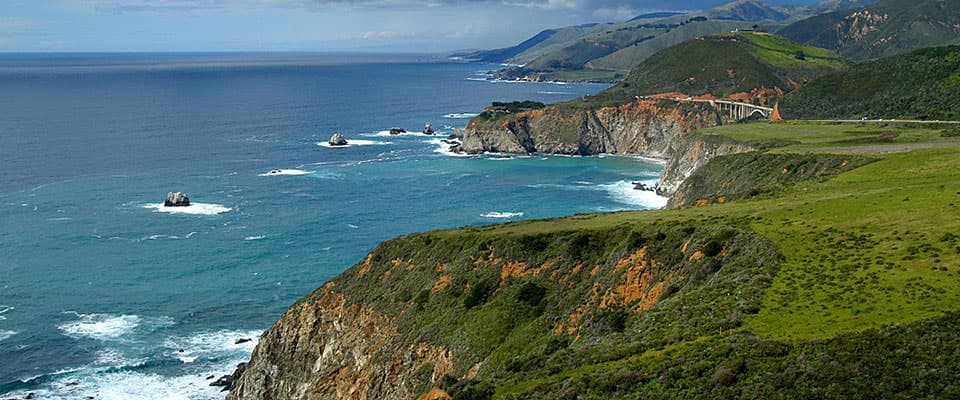Taking Data Further with Standards
Data Standards facilitate research and development and create opportunities for 'big data' projects.
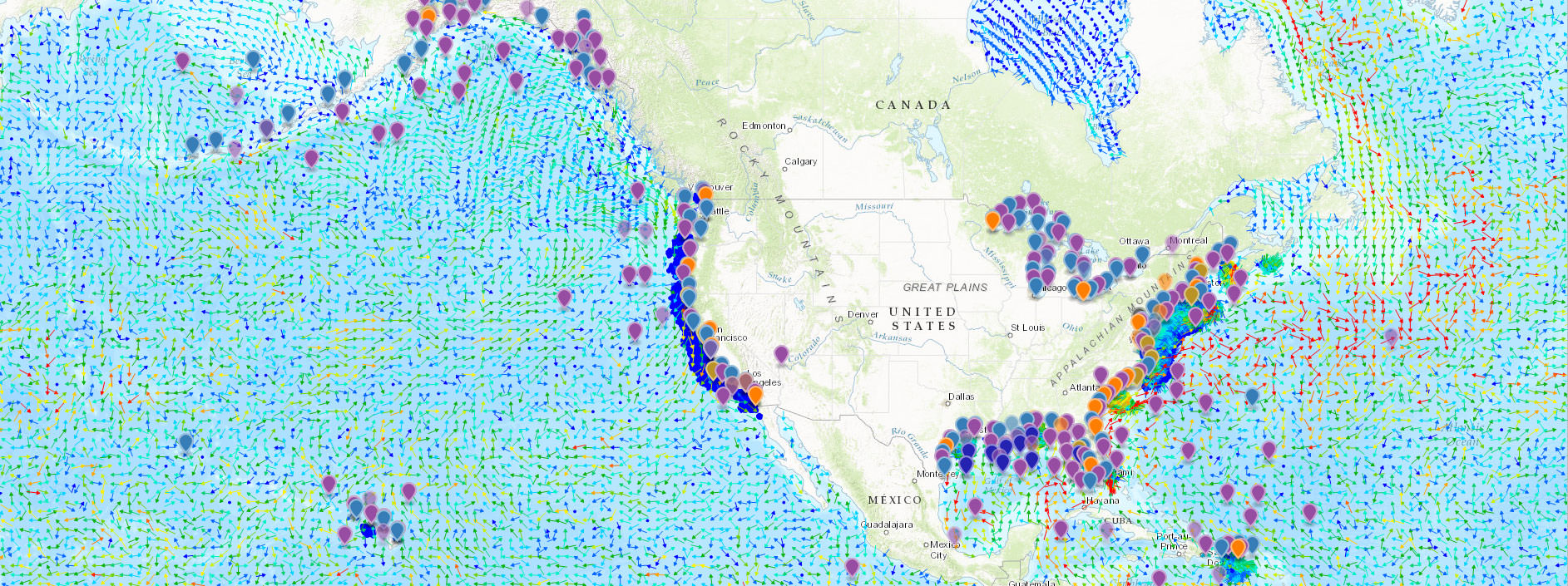
Integrating Data
View of the Environmental Data Server (EDS), showing some of the observing data available from the U.S. Integrated Ocean Observing System and a host of federal and non-federal partners. With tools like the Model Viewer, anyone can access a wealth of modeled datasets that address their needs and are standardized for visualizations.
Why Data Standards?
Imagine reading a book, written by many different authors, each working apart from the others, without guidelines, and published without edits. That book is a difficult read — it's in 23 different languages, there's no consistency in character names, and the story gets lost. As a reader, you have an uphill battle to get the information to tell you one cohesive story. Data is a lot like that, and that's why data standards matter. By establishing common standards for the collection, storage, and control of data and information, data can go farther, be integrated with other data, and make "big data" research and development possible.
For example, NOAA collects around 20 terabytes of data every day.Through the National Ocean Service, instruments are at work daily gathering physical data in the ocean, from current speed to the movement of schools of fish and much more. Hundreds of government agencies and programs generate this information to fulfill their missions and mandates, but without consistency from agency to agency, the benefits of that data are limited. In addition to federal agencies, there are hundreds more non-federal and academic researchers gathering data every day. Having open, available, comprehensive data standards that are widely implemented facilitates data sharing, and when data is shared, it maximizes the benefits of "big data"— integrated, multi-source data that yields a whole greater than its parts.
Quality Control
One issue with multi-source data, even when it's speaking the same language, is quality control. When the data is integrated, confidence in the information gained rests on the integrity of the data. This is also where data standards matter. Ensuring that data is held to consistent and commonly understood quality assurance and quality control grants that confidence. Standards that encourage productive data sharing give us better and more accurate forecasts, enable the management and study of ocean phenomena such as Harmful Algal Blooms and ocean acidification, and enable greater advancements in technology and research.
IOOS® = Federal Standards
Because of the importance of data standards, the Integrated Coastal and Ocean Observation System Act of 2009 requires the U.S. Integrated Ocean Observing System (IOOS®) to develop and implement a process to ensure that Regional Associations — IOOS® partners located around the nation — gather and manage data and information to federal standards. This means that users can rely on data or information tools offered through these regional entities or built upon that information to be as reliable as data directly from NOAA. The certification process involves extensive documentation and may include data management and process changes to certify that the organization is collecting and managing data and information consistent with established NOAA standards. The documentation is vetted by a panel of federal reviewers, and once all requirements are fully satisfied, the partner is certified as a Regional Information Coordination Entity, or RICE.
Certified!
The following U.S. IOOS Regional Associations have been elevated to Regional Information Coordination Entity (RICE) status:
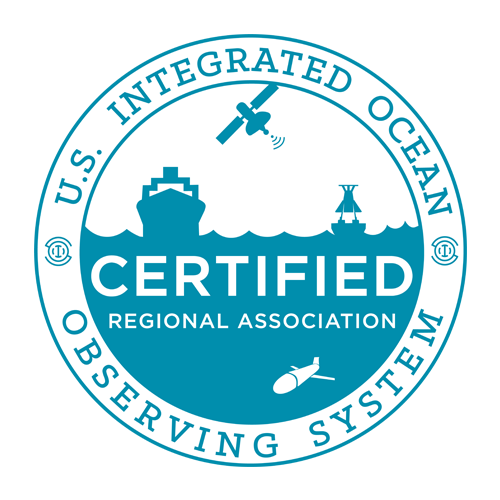
Search Our Posts
Did you know?
Integrated data from buoys and high-frequency radar (HFR) is integrated into the National Weather Service's weather forecasting data and display software, AWIPS-II (Advanced Weather Interactive Processing System). The buoy and HFR data are essential for developing accurate, timely coastal weather forecasts, including storm forecasts. The data can also be accessed by anyone through the IOOS Data Catalog, various custom tools, or downloaded in raw format thanks to data standards.

